Weighing the pros and cons of forced air vs central air is inconsequential because central air is a type of forced-air system. A forced-air system heats or cools by circulating air through a system of metal pipes called ductwork. Homes can have central air, central heat, or both.
“Central air” refers to an air conditioner that uses a forced-air system. “Central heat” or a “forced air furnace” is a heater compatible with a forced-air system. Furnaces and air conditioners use the same ductwork as components of the same forced-air system.
Forced-air furnaces and central air are two heating and cooling options for your home. Like any heating and cooling system, both have benefits and drawbacks.
What Is a Forced Air Furnace?
A forced-air furnace generates heat, transfers the heat to air inside the furnace, and distributes the heated air to the house. A forced-air heating system includes a furnace, thermostat, supply ducts, return ducts, and heat registers. If your furnace’s heat blows from your vents, you have a forced-air furnace.
How Does a Forced Air Furnace Work?
A furnace requires an energy source to generate heat. Some furnaces are powered by natural gas, propane, and oil. These types of furnaces burn fuel to produce heat. Other furnaces run on electricity and contain heating elements that warm up when electricity is applied.
Cold air from the house circulates to the furnace via the return ducts—the furnace’s heat transfers to the air inside the furnace. A fan blows the freshly heated air out of the furnace and into the supply ducts. The air exits through the heat registers or vents throughout the house, increasing the temperature.

Discover Top-Grade Air Conditioners: View Our Products Today
Pros and Cons of a Forced Air Furnace
There are advantages and disadvantages to heating your home with a forced-air furnace
| Pros | Cons |
|
|
What Is Central Air?
A central air system cools and dehumidifies air and distributes the cooled air to the house. The central air system includes a thermostat, condenser unit, evaporator coil, air handler, supply ducts, return ducts, and registers. A central air conditioner can use the same ductwork as a forced-air furnace.
How Does Central Air Work?
A central air system utilizes refrigerant, a chemical compound, to remove heat and humidity from the air. The refrigerant flows in tubes through the various parts of an air conditioner. It cycles from gaseous to liquid states as it absorbs and removes heat from the home.
The refrigeration cycle begins at the air conditioner's compressor in the outdoor unit, known as the condenser. The compressor pumps refrigerant holding the absorbed heat from the home through the condenser’s tubes, referred to as the condenser coil. The condenser’s fan and the metal fins outside the unit release the refrigerant’s heat as it flows through the condenser coil. When the refrigerant returns to a cold, liquid state, it is pumped to the evaporator inside the house. The refrigerant absorbs heat and humidity inside the home as it flows through the evaporator’s tubes, called the evaporator coil. The freshly cooled air along the evaporator coil enters the air handler, and a fan blows the air through the home’s ductwork and vents to cool the house. The refrigerant in the evaporator coil flows back outside to the condenser to release the heat, and the cycle repeats.
Pros and Cons of Central Air Systems
There are advantages and disadvantages to central air systems
| Pros | Cons |
|
|
Frequently Asked Questions
Is forced air furnace gas or electric?
Forced-air furnaces can be fueled by different energy sources: gas, propane, oil, or electricity. Look for a label on the furnace specifying the energy source, brand name, and model number. Look up the brand and model number online if the energy source is not identified.
Gas-powered furnaces are connected to a gas line pipe and typically have a small window in the access panel through which blue flames can be seen when the heat is running. The sound of the combustion may be audible. Electric furnaces don’t have windows, contain coils that heat up, and make very little noise.
How do I know if I have forced air?
You have a forced-air system if warm or cold air blows from vents and ducts when the heat or air conditioning is on. A forced-air system utilizes a furnace, an air conditioner, or both to heat or cool air and maintains a home’s temperature.
Do I have a heat pump or forced air?
A heat pump is a furnace alternative and can be combined with a forced-air system. You have a forced-air system if warm air blows from vents and ducts when the heat is on. You have a heat pump if the outdoor condenser runs when the heat is on.
Switch your thermostat to “heat,” and increase the temperature enough to get the heat to turn on. Go outside to the air conditioning unit known as the condenser. A condenser provides heating and cooling if you have an air-source heat pump. You have an air-source heat pump if the condenser runs when the heat is on. The condenser will not run when the thermostat is switched to “heat” if you have a furnace.
What type of heat is forced air?
Forced-air systems distribute air heated by a furnace or heat pump through ducts and vents. Furnaces are powered by gas, propane, oil, or electricity. Gas and oil furnaces burn fuel to generate heat. Electric furnaces warm heating elements to create heat. Heat pumps are electric, but they transfer heat.
How do I know if I have central air?
You have central air if you have a compressor outside your home. A compressor looks like a large metal box with thin metal fins on the sides and a fan at the top. The compressor runs when the air conditioning is switched on, and cool air is distributed through the vents in your home.
Do you need a furnace for central air?
You do not need a furnace to have a central air conditioning system. However, furnaces and air conditioners use the same ducts and vents when both are installed.
Is central air electric or gas?
Central air conditioners are powered by electricity. It is possible to have a gas-powered furnace that uses the same forced-air system, but all central ACs use electricity.

Discover Top-Grade Air Conditioners: View Our Products Today

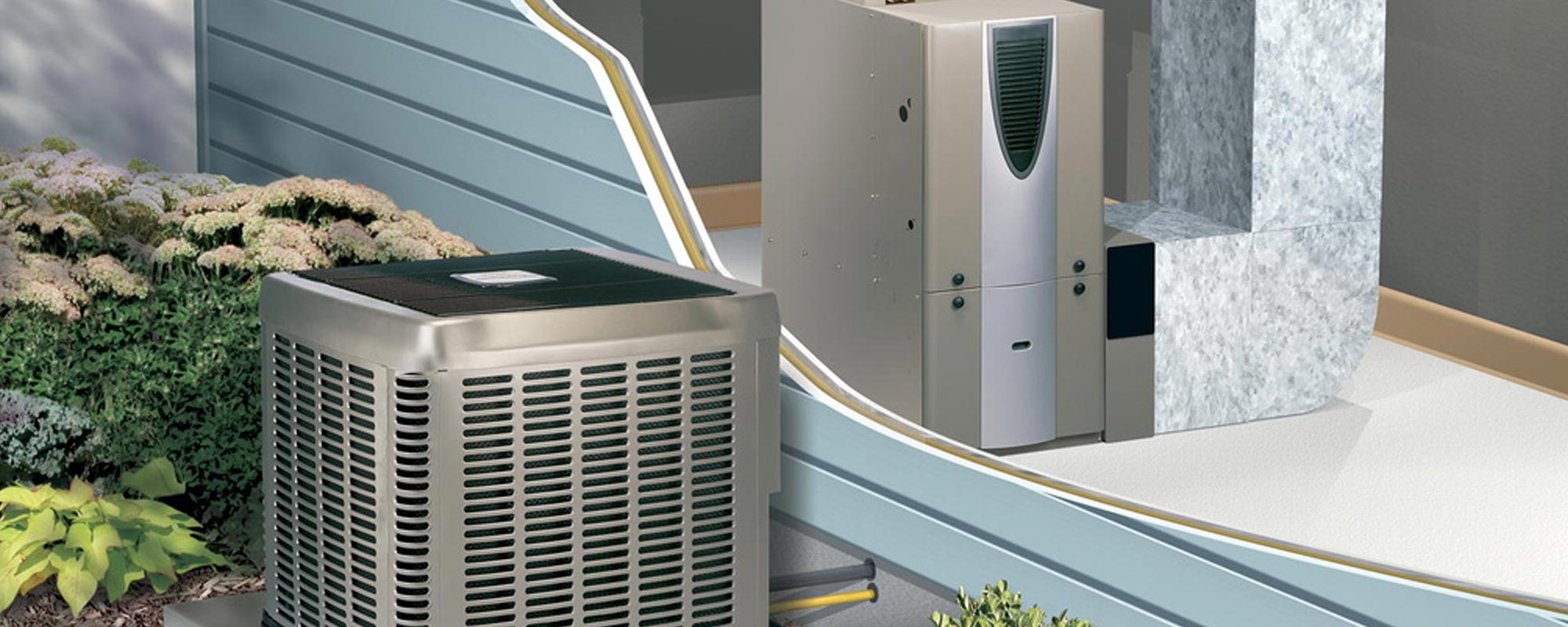
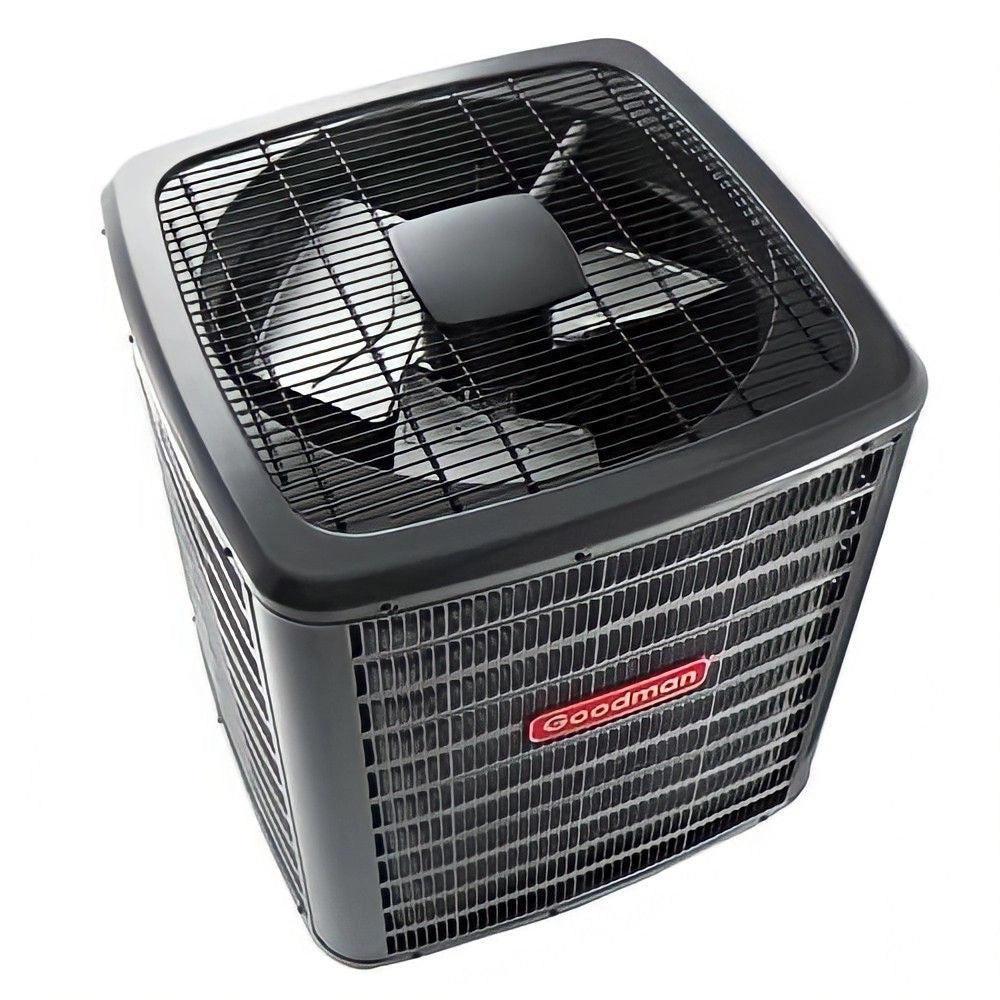
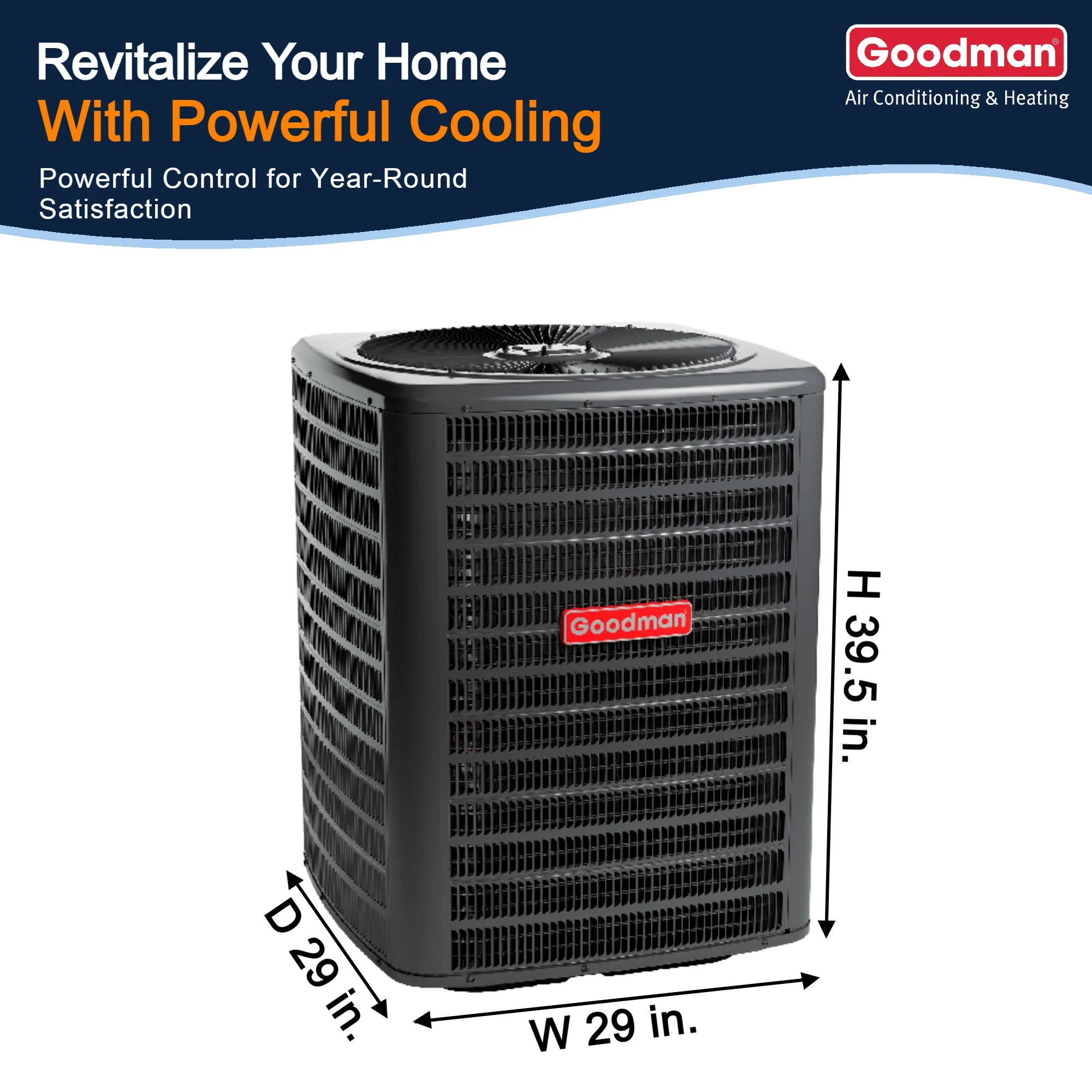
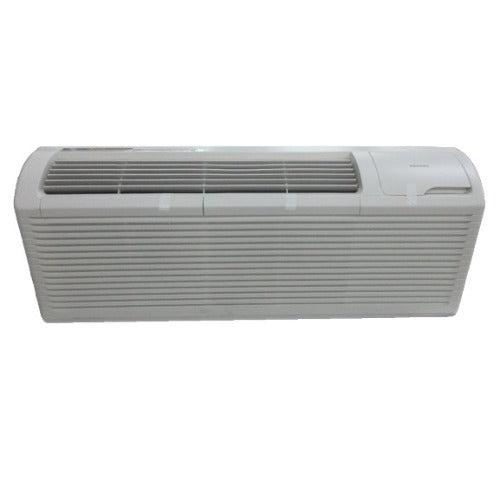
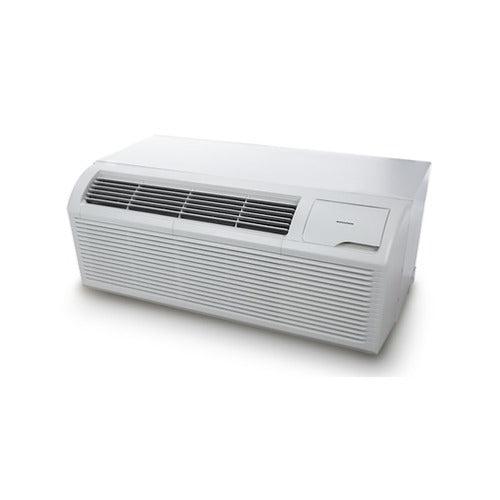
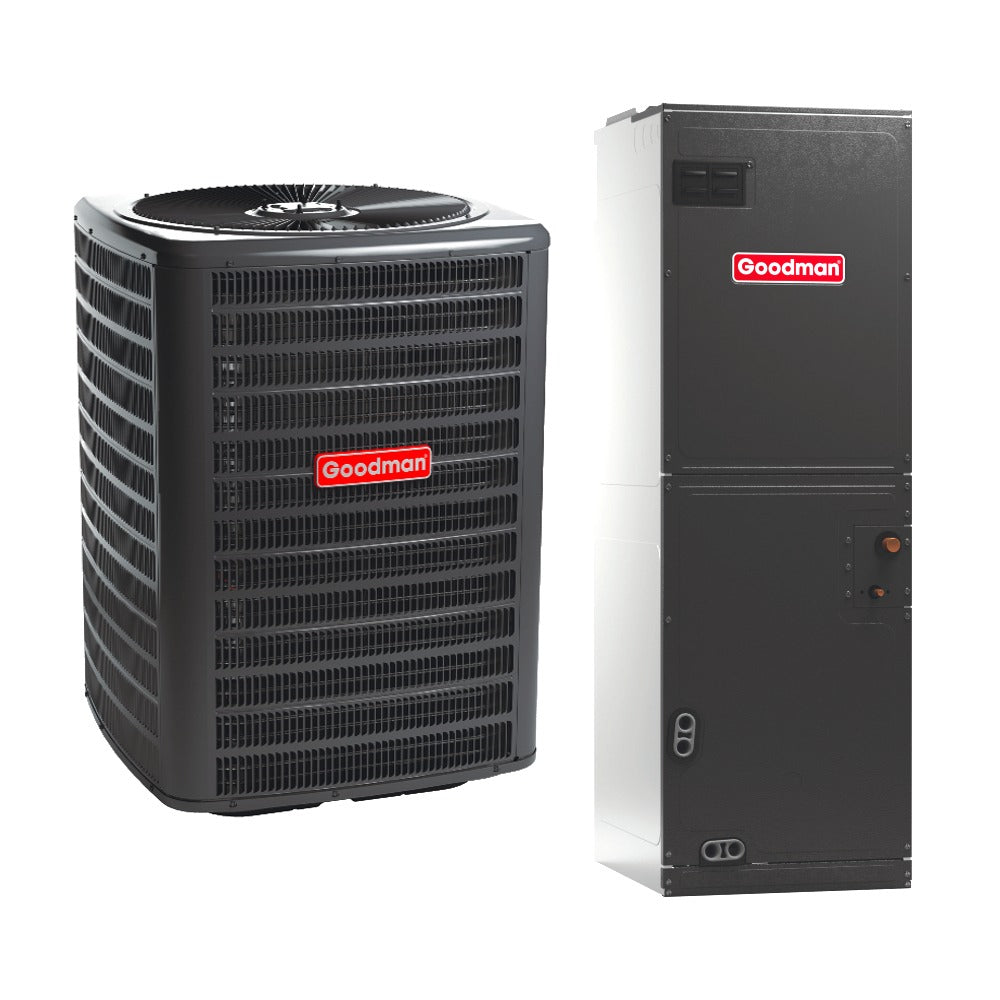
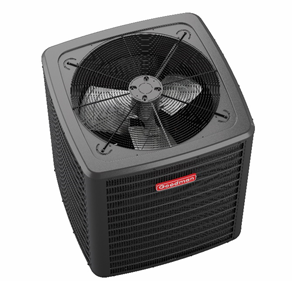
2 comments
Brigitte Ochs
I see that your thefurnaceoutlet.com website could be missing out on approximately 1K visitors daily. Our AI powered traffic system is tailored to enhance your site’s visibility: https://tinyurl.com/mrynyznw
We’re offering a free trial that includes four thousand targeted visitors to show the potential benefits. After the trial, we can supply up to 250,000 targeted visitors per month. This service could greatly enhance your website’s reach and visitors.
Barb
Our electric forced air blows frequently. I’ve tried to turn the fan off but it comes back on. Our heating bill was quite high this winter for a small house on a slab. I feel like I don’t know how to operate it properly. I was told to leave it on auto unlesss outdoor temp is below 32. The house maintains the set temperature but almost always feel air blowing